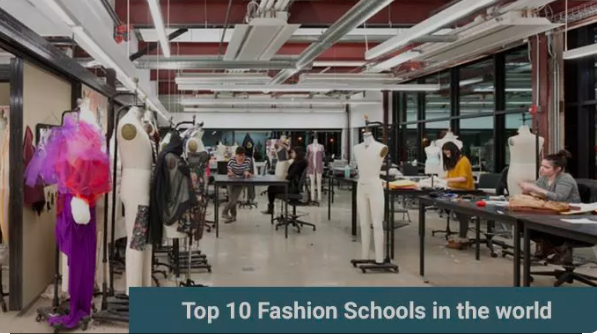Fashion education has become increasingly popular as the industry continues to evolve and expand. With a plethora of fashion schools around the globe, prospective students often find themselves overwhelmed when trying to choose the right institution for their aspirations. Fashion school rankings and evaluations serve as valuable tools to assist students in making informed decisions about their educational journey in the fashion world. This comprehensive analysis will delve into the criteria used for evaluating fashion schools, prominent ranking systems, and considerations for prospective students.
Criteria for Evaluation:
- Academic Excellence: The quality of academic programs is a fundamental aspect of evaluating fashion schools. This includes curriculum comprehensiveness, faculty expertise, industry connections, and the availability of resources such as libraries, workshops, and studios.
- Industry Reputation and Connections: Fashion schools with strong ties to the industry provide students with valuable networking opportunities, internships, and job placements. A school’s alumni network and partnerships with fashion companies and organizations are critical factors in evaluating its industry reputation.
- Facilities and Resources: State-of-the-art facilities, including design studios, laboratories, technology labs, and libraries, contribute to a conducive learning environment. Resources such as access to industry-standard equipment and software enhance students’ practical skills and experiences.
- Student Support Services: Comprehensive student support services, including career counseling, academic advising, mentorship programs, and extracurricular activities, play a vital role in students’ overall academic and personal development.
- Global Exposure and Study Abroad Opportunities: Fashion is a global industry, and schools offering study abroad programs, international exchange opportunities, and partnerships with institutions worldwide provide students with valuable exposure to diverse cultural perspectives and market dynamics.
Prominent Ranking Systems:
- Business of Fashion (BoF) Global Fashion School Rankings: BoF ranks fashion schools based on a combination of global influence, learning experience, and long-term value. This ranking system evaluates factors such as alumni success, student satisfaction, employer feedback, and diversity.
- Fashionista’s Top 25 Fashion Schools in the World: Fashionista’s ranking considers factors such as academic reputation, industry connections, internship opportunities, and notable alumni achievements. It provides insights into each school’s strengths and weaknesses, helping prospective students make informed decisions.
- QS World University Rankings by Subject (Art and Design): QS ranks universities worldwide based on academic reputation, employer reputation, faculty/student ratio, citations per faculty, international faculty ratio, and international student ratio. While not specific to fashion schools, it offers a broader perspective on universities offering art and design programs.
Considerations for Prospective Students:
- Personal Goals and Interests: Prospective students should consider their career aspirations and interests within the vast field of fashion, whether it be design, merchandising, marketing, or management, to align with the specialties offered by different schools.
- Location and Campus Culture: The location of the school can significantly impact students’ overall experience, including access to industry hubs, cultural diversity, and lifestyle preferences. Additionally, evaluating the campus culture, student demographics, and extracurricular activities can help determine the right fit for individual preferences.
- Financial Considerations and Scholarships: Tuition fees, cost of living, and available financial aid options are essential factors for prospective students to consider. Researching scholarship opportunities and financial assistance programs offered by different schools can help alleviate financial burdens.
- Alumni Success and Industry Connections: Examining the achievements of alumni and the school’s industry connections provides insights into the potential career opportunities and networking benefits available to students upon graduation.
- Accreditation and Recognition: Accreditation by recognized organizations ensures that the school meets specific standards of quality and integrity in education. Prospective students should prioritize schools accredited by reputable accreditation bodies within their region or globally.
Conclusion: Fashion school rankings and evaluations serve as valuable resources for prospective students navigating the complex landscape of fashion education. By considering criteria such as academic excellence, industry reputation, facilities, and student support services, students can make informed decisions that align with their career goals and aspirations. Additionally, understanding prominent ranking systems and considering personal factors such as location, finances, and alumni success can help prospective students find the right fashion school to embark on their educational journey in the dynamic world of fashion.
